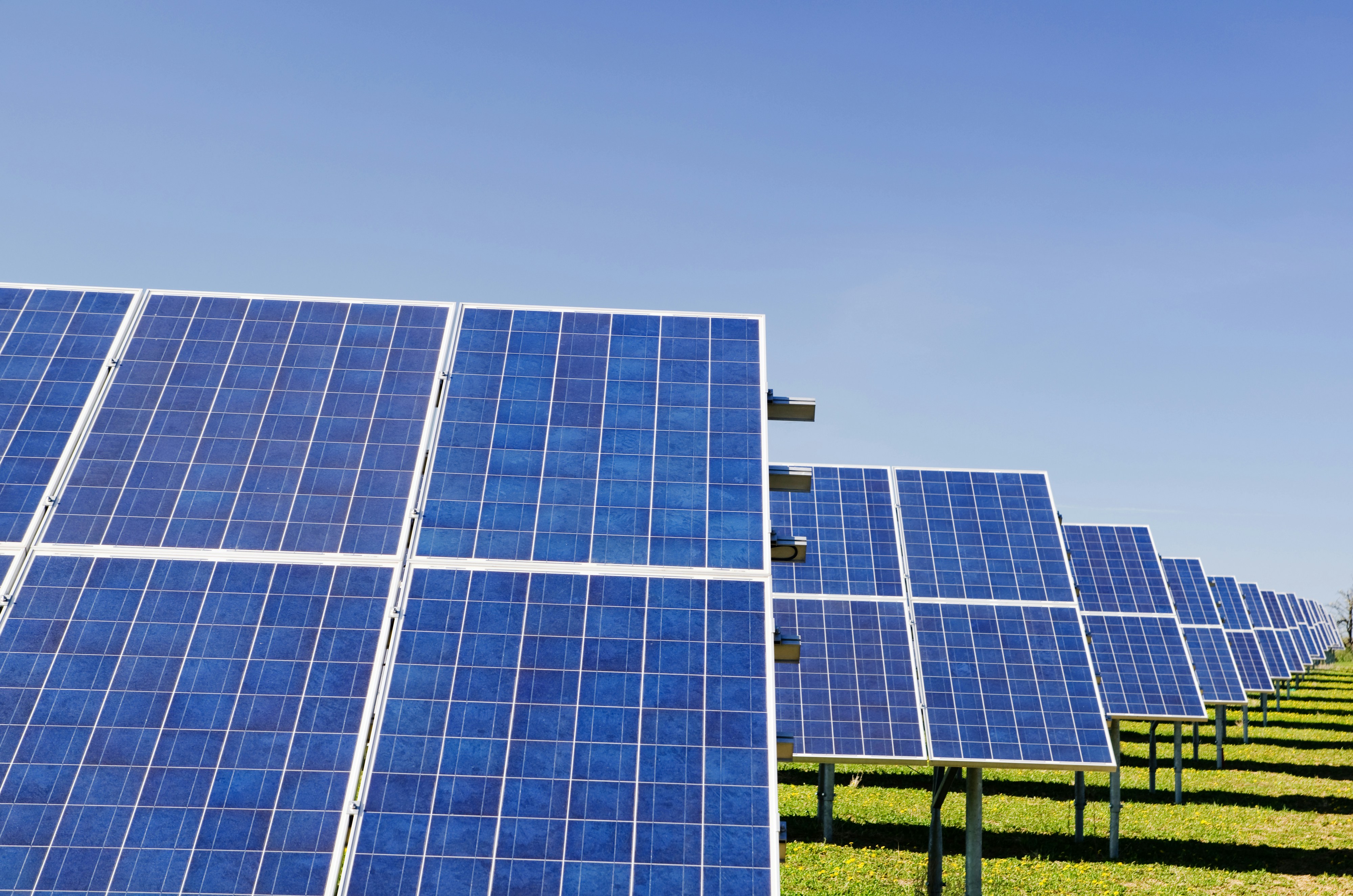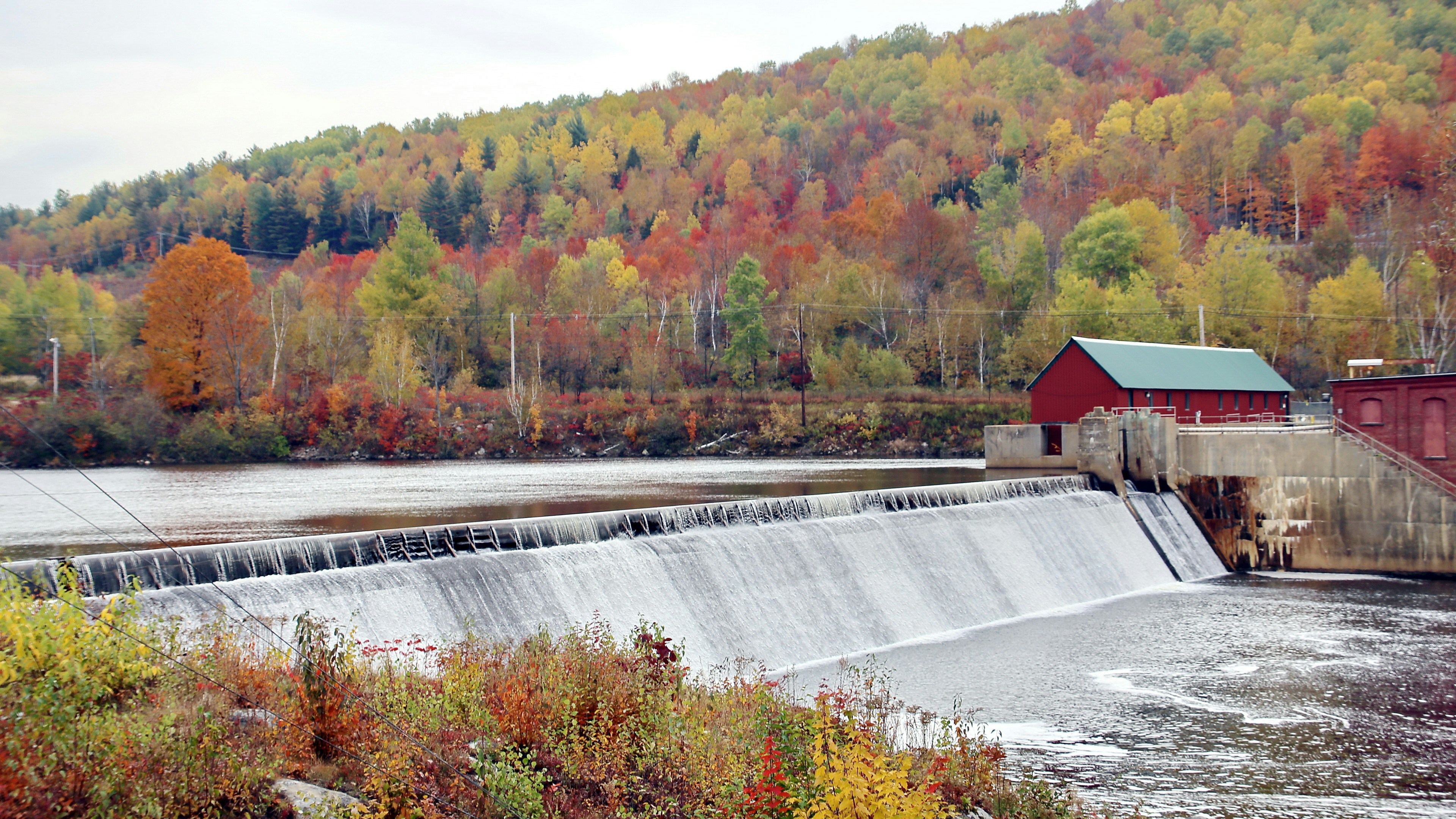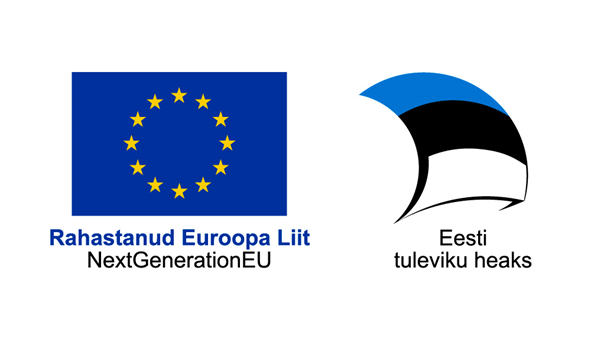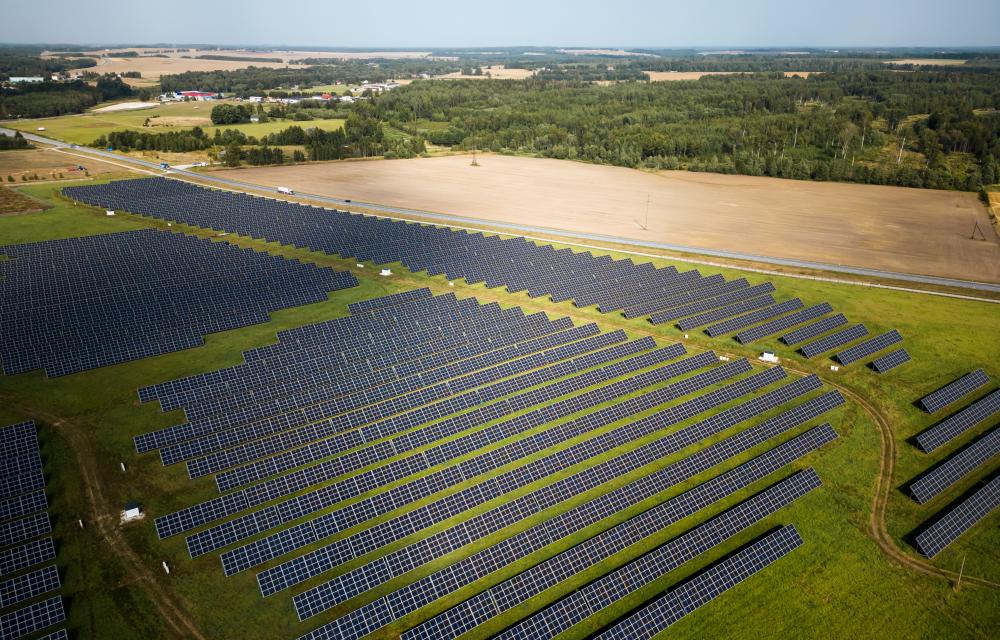38,5%
The share of renewable energy in Estonia's energy consumption
Frequently asked questions
Europe supports Estonia's transition to renewable energy
Renewable energy
Renewable energy refers to energy that comes from naturally renewable sources such as sun, wind, water, geothermal heat and biomass that are constantly replenished and do not deplete over time. Unlike fossil fuels, renewable energy sources offer sustainable alternatives that produce electricity or heat with minimal or zero emissions, contributing to environmental sustainability and climate change mitigation.
As people, we wish to have good health, high-quality life and clean and well-maintained nature around us. For this, we have to contribute ourselves, take care of the environment around us and think about how to reduce the human impact on nature. The reduction of greenhouse gases is the key; it helps us slow down climate change, protect ecosystems and ensure healthy living conditions for people.
Reducing greenhouse gas emissions and increasing the share of renewable energy in order to achieve carbon neutrality by 2050 are the long-term goals of Estonia and the European Union. Renewable energy plays an important role here, helping to reduce dependence on fossil fuels and thereby making energy cleaner.
Goals
Estonia's renewable energy goals include the reorganisation of energy production and consumption that would result in reduced dependence on fossil fuels, preservation of the environment and guaranteed energy security and security of supply. To this end, the state has set the following goals:
- Increase the share of renewable energy. Within the framework of the European Union's 2030 climate and energy package, Estonia has undertaken the commitment for the share of renewable energy to be at least 42% of total energy consumption by 2030.
- Produce electricity mainly from renewable sources. To increase the share of renewable energy, in 2030, Estonia aims to produce the same amount of renewable electricity as we locally consume in a year. This means we must use wind and solar energy as well as biomass and biogas more than before.
- Increase energy independence. Greater use of renewable energy helps reduce Estonia's dependence on imported fossil fuels, thereby improving the country's energy security.
- Reduce greenhouse gas emissions. Reducing emissions is in line with the Paris climate agreement and EU climate targets. To this end, we want to increase the use of renewable energy and reduce the share of oil shale in energy production.
- Improve energy efficiency. Besides clean production, it is also important to consume sustainably; therefore, we pay more attention to increasing energy efficiency in both production and consumption. This also allows us to reduce energy expenditure and greenhouse gas emissions.
To achieve these objectives, Estonia has developed several development plans, strategies and measures, including investments in renewable energy projects, and created support schemes to encourage the use of renewable energy in both the private and public sectors. In order to increase electricity production from renewable energy sources, the state organises renewable energy tenders in accordance with the Electricity Market Act.
On this page, you can find an overview of the renewable energy sources people are using, what they can use in Estonia and how these help us set the energy goals for the country. You can also learn about the most common questions asked in regard to renewable energy and the answers to them by the experts in this field.
Types of renewable energy
Wind power
Wind power is a renewable source of energy that can be converted into mechanical or electrical energy using wind turbines. Wind power is one of the oldest sources of energy that humans have used. While in ancient times the mechanical energy available from the wind played a major role in moving sailing ships, milling flour and moving water, today wind energy is used to generate electricity. Electric wind turbines are modern analogues of old windmills.
Solar power
 Solar power is a renewable source of energy obtained from the sun's radiation. Solar energy can be used to generate both heat and electricity; it is plentiful and is one of the cleanest sources of energy to use in power generation.
Solar power is a renewable source of energy obtained from the sun's radiation. Solar energy can be used to generate both heat and electricity; it is plentiful and is one of the cleanest sources of energy to use in power generation.
Bioenergy

Bioenergy has two main subtypes: biofuels and biogas.
Biofuels are sources of renewable energy made from biomass, i.e. organic material from plants and animals, such as manure, wood, straw, hay, as well as food waste. They can be processed and fuels can be made from them: biodiesel, bioethanol, biogas and wood fuels such as wood chips, wood briquettes and wood pellets.
Biogas is a renewable energy source consisting mainly of methane (CH4) and carbon dioxide (CO2). This gas is produced during the anaerobic decomposition of organic matter, which means that the decomposition takes place in an oxygen-free environment. Biogas occurs naturally in, for example, swamps and bogs and landfills, but it can also be produced under controlled conditions in biogas plants.
Other energy types
 Wind, sun and biomass are usually named as the main sources of renewable energy, but there are other ways to produce clean energy. Renewable energy also includes geothermal energy and energy from water such as hydropower, wave energy, tidal energy. In Estonia's natural conditions, these types are not very productive.
Wind, sun and biomass are usually named as the main sources of renewable energy, but there are other ways to produce clean energy. Renewable energy also includes geothermal energy and energy from water such as hydropower, wave energy, tidal energy. In Estonia's natural conditions, these types are not very productive.
RePowerEU
The project has been financed by the European Union's NextGenerationEU recovery funds. The page was compiled within the framework of REPowerEU, which aims to eliminate the European Union's dependence on Russian fossil fuels by saving energy, diversifying energy sources and accelerating the transition to clean energy.

